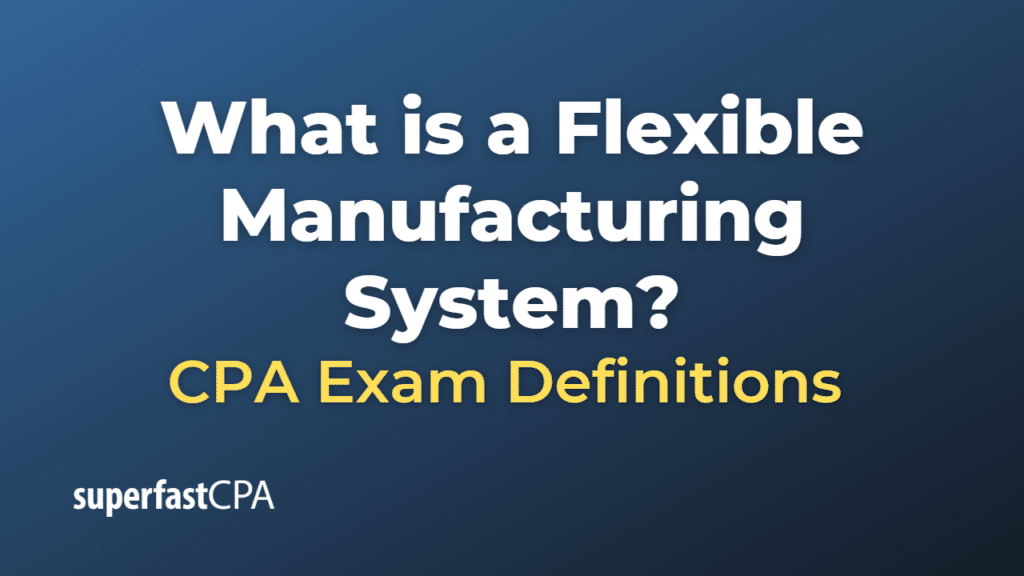Flexible Manufacturing System
A Flexible Manufacturing System (FMS) is a manufacturing system in which there is some amount of flexibility that allows the system to respond to changes. It’s designed to adapt quickly and produce a variety of products with minimal manual intervention.
The flexibility in the system is generally considered to fall into two categories, which both contain numerous subcategories:
- Machine Flexibility – A system’s ability to produce new product types and the ability to change the order of operations executed on a part. This includes the ability to handle various sizes of products, various types of processes, or design in production.
- Routing Flexibility – The ability to use multiple machines to perform the same operation on a part, as well as the system’s ability to absorb large-scale changes, such as in volume, capacity, or capability.
The main components of a flexible manufacturing system typically include:
- Workstations – Where the manufacturing of the product takes place.
- Automated Material Handling and Storage System – To move the product between stations.
- Central Control Computer – To oversee the activities of the other components.
These systems are often used in manufacturing environments that require a varying mix of products but not necessarily in high volumes. They can significantly improve efficiency and responsiveness to customer needs and market demand.
However, they require a substantial upfront investment in equipment and setup costs. Additionally, successful implementation requires careful planning and change management within the organization.
Example of a Flexible Manufacturing System
Let’s imagine a manufacturing company that makes custom metal parts for various industries. They’ve invested in a Flexible Manufacturing System (FMS) to meet their customers’ diverse needs efficiently.
Workstations: The company has several Computer Numerical Control (CNC) machines that can be programmed to create different parts from metal blocks. Depending on the part that needs to be made, the CNC machines can be programmed to perform different operations such as milling, drilling, or lathing.
Automated Material Handling and Storage System: The company has a system of conveyors and automated guided vehicles (AGVs) to move the metal blocks and finished parts between the different workstations and the storage area. This allows for efficient movement of materials within the factory.
Central Control Computer: The company uses a sophisticated Manufacturing Execution System (MES) to manage the entire operation. This system schedules the jobs for each CNC machine based on customer orders, controls the material handling system to ensure materials and parts are moved to the right places at the right times, and monitors the performance of the system to identify any issues that need to be addressed.
With this FMS, the company can quickly switch from making one type of part to another by reprogramming the CNC machines and adjusting the schedule in the MES. This allows them to respond quickly to customer orders, even if those orders are for small quantities of custom parts.
The FMS also enables the company to operate more efficiently, as the automated systems minimize the need for manual labor and the central control system ensures that resources are used effectively. However, setting up this system required a significant investment in equipment and software, as well as time spent on planning, programming, and training.













